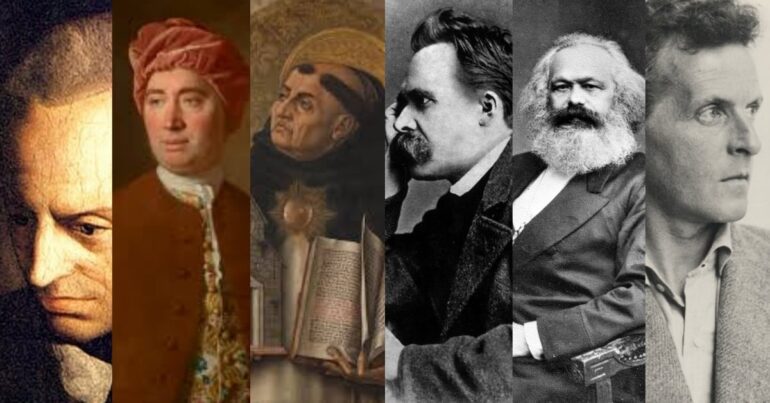TL;DR:
- New research shows AI matching the top 1% of human thinkers on a creativity test.
- The study used the Torrance Tests of Creative Thinking (TTCT) to assess AI’s creative abilities.
- ChatGPT, powered by the GPT-4 AI engine, outperformed most college students nationally in fluency and originality of ideas.
- The AI’s performance highlights its potential as a key tool for business and innovation.
- The research suggests the need for more sophisticated assessment tools to differentiate between human and AI-generated ideas.
Main AI News:
Cutting-edge research conducted by the University of Montana and its collaborators has revealed that artificial intelligence (AI) has the capacity to rival the top 1% of human thinkers in a widely recognized test for creativity. Dr. Erik Guzik, an assistant clinical professor in UM’s esteemed College of Business, spearheaded the study, utilizing the Torrance Tests of Creative Thinking (TTCT), a well-established tool employed for decades to assess human creativity.
To ascertain the AI’s creative capabilities, researchers submitted eight responses generated by ChatGPT, a powerful application fueled by the GPT-4 AI engine. Additionally, they collected answers from a control group of 24 UM students enrolled in Guzik’s entrepreneurship and personal finance classes. These submissions were then compared with those of 2,700 college students nationwide who had taken the TTCT in 2016. The impartial assessment of all submissions was conducted by the Scholastic Testing Service, oblivious to the involvement of AI.
The results astoundingly positioned ChatGPT among the creative elite. The AI application scored in the top percentile for fluency, which gauges the ability to generate an extensive array of ideas. Furthermore, it excelled in the category of originality, manifesting a remarkable aptitude for conceiving fresh ideas. Although the AI’s performance slightly dipped to the 97th percentile for flexibility, denoting the ability to generate diverse types and categories of ideas, its overall performance in original thinking was unparalleled.
Dr. Guzik expressed gratification at the fact that some of his UM students also achieved top 1% scores. Nonetheless, the majority of college students nationwide were outperformed by ChatGPT, highlighting the AI’s exceptional creative prowess.
During the spring semester, Guzik administered the TTCT to both the AI and his students. Assisting him in this groundbreaking research were Christian Gilde of UM Western and Christian Byrge of Vilnius University. The findings of their work were presented at the Southern Oregon University Creativity Conference in May.
Guzik stressed their cautious approach to interpreting the data at the conference, opting to present the results without extensive speculation. However, they did provide compelling evidence indicating that AI appears to be developing creative abilities on par with, if not surpassing, human capabilities.
One intriguing aspect of their research involved ChatGPT’s response when asked what it would imply if it performed well on the TTCT. The AI’s reply, shared at the conference, reflected its profound insight: “ChatGPT told us we may not fully understand human creativity, which I believe is correct,” Guzik remarked. “It also suggested we may need more sophisticated assessment tools that can differentiate between human and AI-generated ideas.”
Guzik emphasized that the TTCT is safeguarded as proprietary material, preventing ChatGPT from “cheating” by seeking information about the test from the internet or public databases.
Driven by a long-standing fascination with creativity, Guzik’s interest was kindled during his time as a seventh grader in Palmer, Massachusetts. As part of a program for talented and gifted students, he was introduced to the Future Problem Solving process devised by the pioneering psychologist Ellis Paul Torrance, the very same individual responsible for creating the TTCT. Guzik’s affinity for brainstorming and its connection to human imagination was ignited during this formative experience, and he remains actively involved with the Future Problem Solving organization, where he even met his wife at one of their conferences.
After engaging with ChatGPT over the past year and observing its intriguing capabilities, Guzik and his team decided to test its creativity. Their initial expectation was that ChatGPT would excel in generating numerous ideas (fluency) since that aligns with the strengths of generative AI. To their astonishment, the AI also demonstrated exceptional skill in generating original ideas, a defining characteristic of human imagination. The evaluators of the test were provided with a list of common responses expected for each prompt. However, ChatGPT stood out by offering fresh perspectives, securing its place among the top percentile.
Guzik shared an enlightening anecdote regarding the previous research conducted on GPT-3 a year ago. During that time, ChatGPT’s performance did not surpass that of humans in tasks involving original thinking. However, with the advent of the more advanced GPT-4, ChatGPT now ranks in the top 1% of all human responses.
With the rapid advancement of AI, Guzik anticipates that it will become an invaluable tool in the realm of business, propelling regional and national innovation to unprecedented heights. Reflecting on his belief that creativity involves approaching things differently, Guzik remarks, “One of the definitions of entrepreneurship I love is that to be an entrepreneur is to think differently. So AI may help us apply the world of creative thinking to business and the process of innovation, and that’s just fascinating to me.“
Conclusion:
The research conducted by the University of Montana demonstrates that artificial intelligence, specifically ChatGPT powered by GPT-4, can achieve creativity levels on par with the top 1% of human thinkers. The AI’s exceptional performance in generating a large volume of ideas (fluency) and producing novel concepts (originality) positions it as a significant asset in the world of business and innovation. As AI continues to advance, it is expected to become a crucial tool for driving regional and national innovation. To fully leverage the potential of AI-generated ideas, further development of assessment tools that can distinguish between human and AI creativity will be essential. Businesses should embrace AI’s creative capabilities and incorporate them into their processes to stay ahead in an evolving market landscape.

